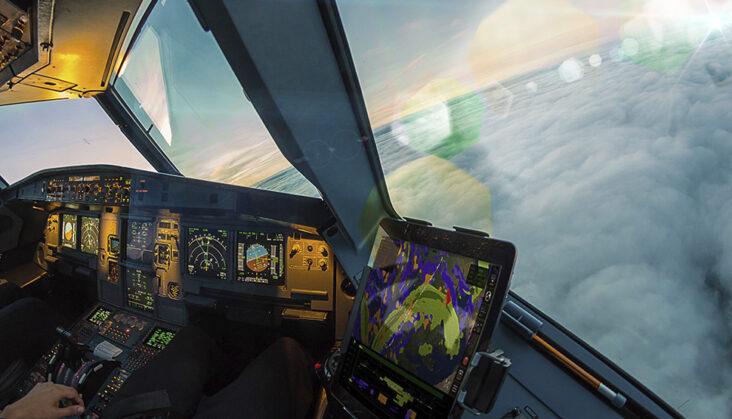Africa-Press – Lesotho. Developing countries in Africa may be tempted to take more risks on opening travel compared with rich countries to minimise the economic impact of the pandemic, Assaad says. That means the capacity of regional airports needs to be checked as passenger numbers increase. “It’s not happening most of the time. ”
The trade association of the world’s airports, Airports Council International, has predicted that in a worst-case scenario, global traffic may take up to two decades to return to pre-Covid-19 levels, and that it is possible that traffic will never fully recover.
Its baseline scenario is that global passenger traffic will recover to 2019 levels in 2024, mainly driven by domestic passenger recovery. Global domestic passenger traffic will reach 2019 levels in the second half of 2023, while international passenger traffic will likely need another year, it says.
According to the African Airlines Association, domestic African demand is holding up better than international and long-haul markets. In June, domestic flights accounted for 63.2% of demand, compared with 22.2% for intra-Africa and 13.9% for intercontinental.
South Africa, Morocco, Algeria, Nigeria and Egypt are among African countries where regional airports are benefiting from increased domestic travel, Assaad says from Beirut.
“The recovery has already started. We need to be well prepared for a pick-up. ”
“The same passenger that was travelling internationally will now be travelling more domestically,” he says.
“They expect a digitally driven and frictionless experience.
” Regional airports “need to be up to date,” he says.
“They need to catch up.
” Ethiopian Airlines
Société Internationale de Télécommunications Aéronautiques, SITA (International Society of Aeronautical Telecommunications) was set up in 1949 by airlines as a not-for-profit co-operative to develop a private data and information network.
The organisation now has not-for-profit and for-profit business units, and operates in more than 200 countries worldwide. In July, SITA partnered with Ethiopian Airlines to provide passenger check-in and bag drop self-services at Bole International airport.
That made Ethiopian Africa’s first airport to adopt the technology. The deployment also prepares the airport for future implementations, including use of biometrics.
SITA “absolutely” wants to increase its cooperation with Ethiopian Airlines, Assaad says. The two companies are in ongoing discussions over further cabin and cockpit services, he adds.
African airlines, including Congo Airways, are using the SITA eWAS Pilot weather monitoring tool, which aims to minimise the cost of weather-related flight disruption through forecasts and real-time updates.
SITA is also working on a facial recognition solution which works even if the passenger is wearing a mask. El-Assaad expects to see this rolled out in African airports and says this will allow more fluid passenger movement. For data protection reasons, it will be necessary for the traveller to register their face with the system each time they go to an airport.
For More News And Analysis About Lesotho Follow Africa-Press






